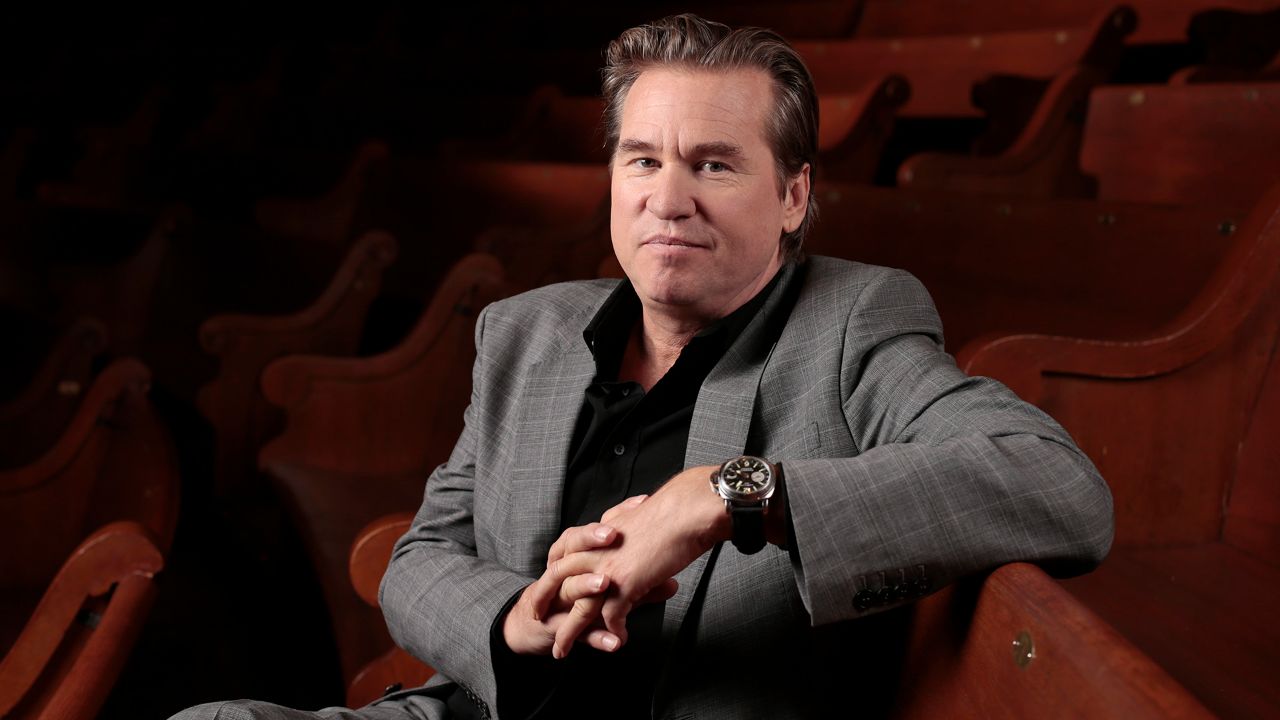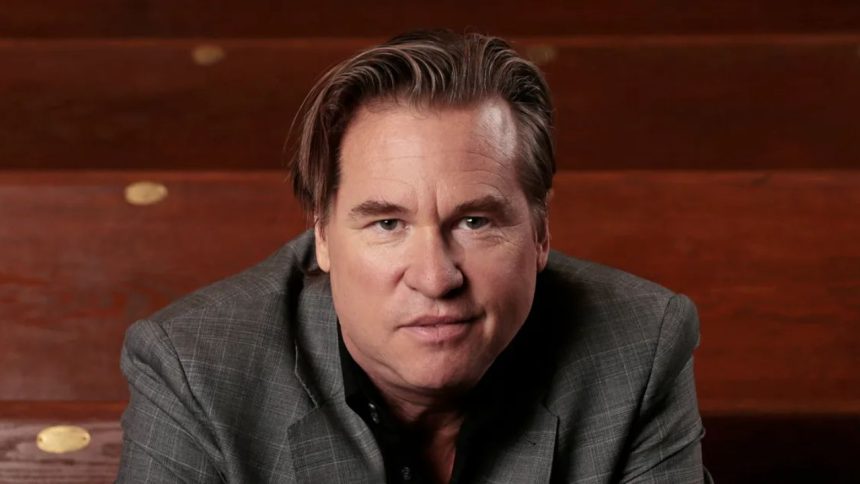Val Kilmer, the Hollywood legend who brought to life unforgettable characters like Iceman in Top Gun, Batman in Batman Forever, and Jim Morrison in The Doors, passed away on April 1, 2025, at the age of 65. His daughter, Mercedes Kilmer, confirmed his demise was due to pneumonia, a complication following his long battle with throat cancer, which he was diagnosed with in 2014. At the time of his death, Kilmer’s net worth was estimated to be $10 million, a figure that reflects both the highs of his blockbuster career and the financial challenges he faced later in life.
Kilmer’s wealth was built during the 1990s, when he was one of Hollywood’s highest-paid actors. In 1995, he earned $7 million for his role as Batman in Batman Forever, a film that, despite mixed reviews, solidified his place in pop culture. Just two years later, in 1997, he pulled in a staggering $13 million for back-to-back roles in The Saint and The Island of Dr. Moreau.
These paychecks placed him among the industry’s elite, but his reputation for being difficult to work with, eventually led to fewer high-profile offers. His 1996 divorce from actress Joanne Whalley, with whom he shared two children, Mercedes and Jack, also reportedly took a financial toll.
Inside Val Kilmer’s $10 Million Net Worth as of 2025
Beyond acting, Kilmer invested in real estate, most notably his sprawling Pecos River Ranch in New Mexico. The property, which spanned nearly six miles along a trout-fishing river, was a passion project for Kilmer, who once described it as embodying the “alluring natural majesty and splendor of the Southwest.” In 2009, he listed the ranch for $33 million, but after struggling to sell it, he eventually lowered the price and sold most of the land in 2011 for $18.5 million.

Financial troubles followed, including IRS liens due to unpaid taxes, which further impacted his fortune. Despite these setbacks, Kilmer remained deeply connected to the property, keeping a 5,600-square-foot log house on the remaining land.
Health issues also played a significant role in Kilmer’s later career and finances. His 2014 throat cancer diagnosis led to intense treatments, including radiotherapy, chemotherapy, and a tracheostomy, which damaged his vocal cords and made acting more challenging. Though he recovered, his roles became fewer and farther between. He made a touching return to the screen in 2022 with a brief cameo in Top Gun: Maverick, reprising his iconic role as Iceman opposite Tom Cruise. The moment was bittersweet for fans, a reminder of Kilmer’s enduring legacy even as his health limited his work.
Kilmer’s artistic pursuits extended beyond acting. He was a dedicated painter and writer, showcasing his artwork on his personal website. One of his most passionate projects was Citizen Twain, a one-man play about Mark Twain that he performed across the country starting in 2010. Kilmer, a lifelong Christian Scientist, was fascinated by Twain’s critiques of Mary Baker Eddy, the founder of Christian Science, and even planned to direct and star in a film about their relationship. His dedication to these projects, while not always lucrative, spoke to his creative spirit.

In 2021, Kilmer’s life and career were celebrated in the documentary Val, which used decades of his personal archival footage. The film, narrated by his son Jack and produced with the help of his children, won a Critics Choice Award for best historical or biographical documentary. It offered an intimate look at Kilmer’s journey, from his early days as a Juilliard-trained actor—one of the youngest ever admitted at 17—to his battles with illness and Hollywood’s shifting tides.
Reflecting on his career in a 2012 interview with Vanity Fair, Kilmer admitted one regret: not crafting a larger-than-life persona like his peers Johnny Depp, Nicolas Cage, or Sean Penn. “I actually regret not having created a persona years ago like all of my wise contemporaries [did],” he said. Yet, Kilmer’s legacy is undeniable. From his breakout role in Top Secret! (1984) to his scene-stealing turn as Doc Holliday in Tombstone (1993), his performances were electric, unpredictable, and deeply human.



